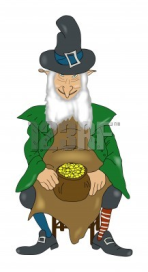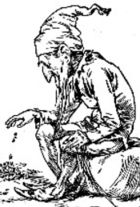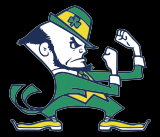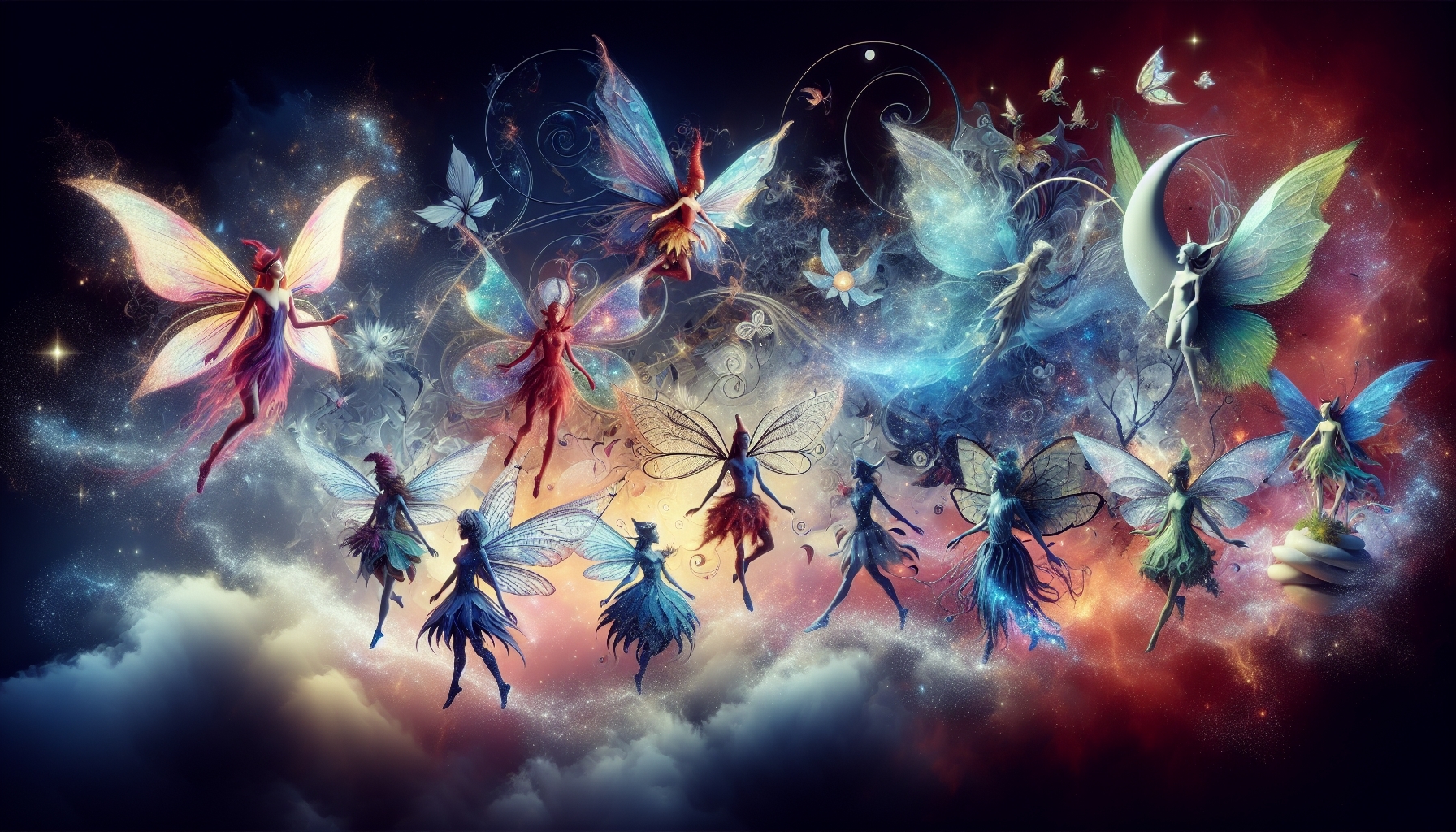What Is A Leprechaun
What is a Leprechaun - The Irish considered the leprechaun an important figure in Irish mythology and folklore, which considered them a type of faerie. They are typically portrayed as small, male creatures, often associated with professions like shoemaking.
The leprechaun is a important part of Irish mythology that includes other magical beings such as banshees, selkies, and púcas. These stories and characters are part of the ancient oral tradition of Ireland, which has been passed down through generations.
Some legends suggest that before the arrival of the Celts, Ireland was inhabited by a race of small-statured people who later became incorporated into Irish mythology as faeries, or the "Aos Sí." Over time, these stories evolved and adapted, and the leprechaun emerged as a distinct character in this mythological tradition.
What is a Leprechaun has been described in various ways throughout the centuries. Their usual image is of a small, elderly man dressed in green or red, who partakes in mischief, and is really good at evading capture. They are often shown as solitary creatures who spend their time making shoes and hiding their pots of gold at the end of rainbows.
While these tales are a rich part of Irish culture and history, it's important to remember that they are, in fact, myths and legends. There's no evidence to support the existence of leprechauns or other mythical creatures. However, these stories continue to captivate imaginations worldwide, and they are a testament to the power of storytelling and cultural tradition.

What Is A Leprechaun - They are a type of fairy of Irish folklore, they were not always cute Disney like pixies; they could be lustful, nasty. Their magic might delight you one day and, hurt you the next.
Leprechauns are often described as wizened, bearded old men dressed in green (early versions were clad in red) and wearing buckled shoes, often with a leather apron. Sometimes they wear a pointed cap or hat and may be smoking a pipe.
In Irish mythology Leprechauns were associated with "Faerie Forts" or "Faerie Rings" which were often the sites of Celtic or Pre-Celtic earthworks, sometimes called "drumlins". In Irish folklore these "faerie folks" appeared as old men participating in some sort of mischief. i
Irish folklore tells us that because they work so hard and are very thrifty, maybe even misers, Leprechauns are said to be very rich and have accumulated a lot of gold.
What Is A Leprechaun - Some Legends

In all Leprechaun legends, and almost every single Leprechaun story, their main trade is that of a cobbler or shoemaker. These cobblers were leather workers and tanners. In addition to producing shoes, they made such things as shields, as well as clothing, bowls and buckets. They were known as craft specialists, the professionals in the community, and were paid lots of money for their work. Irish folklore tells us that because they work so hard and are very thrifty, maybe even misers, Leprechauns are said to be very rich and have accumulated a lot of gold.
Irish leprechaun legends are a rich and fascinating part of Irish folklore. These mythical creatures are small, bearded, and mischievous, often dressed in green with a hat and buckled shoes. They are known to be cobblers or shoemakers by trade and are associated with hidden treasure and trickery. Here are a few popular leprechaun legends and stories from Irish folklore:
- The Pot of Gold: One of the most famous leprechaun legends is that they possess pots of gold hidden at the end of rainbows. To obtain this treasure, a person must capture a leprechaun, who will then reveal the location of his gold in exchange for his release. However, leprechauns are cunning and skilled at evading capture or using their magic to trick those seeking their gold.
- The Three Wishes: In some tales, leprechauns are said to grant three wishes to those who manage to capture them. However, these wishes often come with a catch, as leprechauns are known to twist words and manipulate situations to their advantage.
- The Leprechaun and the Farmer: In this story, a farmer captures a leprechaun and demands to know the location of his gold. The leprechaun takes the farmer to a field filled with identical bushes and tells him that the gold is buried under one of them. The farmer ties a red ribbon around the bush to mark it and releases the leprechaun. When he returns with a shovel, he finds that every bush in the field now has a red ribbon, making it impossible to locate the gold.
- In 2015 an article about "No Irish Need Apply": shows evidence of the signs in spite of the NINA Restrictions in Advertisements and Signs" where it presented evidence of numerous instances of "Irish Need Not Apply" in various types of job advertisements.
- The Leprechaun's New Shoes: This tale tells of a poor shoemaker who captures a leprechaun and demands his gold. The leprechaun, being a cobbler himself, bargains with the shoemaker, offering to teach him how to make shoes that will make him rich and successful. The shoemaker agrees and releases the leprechaun, who teaches him his craft. The shoemaker becomes wealthy, and the leprechaun escapes with his gold.
These are just a few examples of the many Irish leprechaun legends that have been passed down through generations. These stories highlight the cunning and mischievous nature of leprechauns and often serve as cautionary tales about the consequences of greed and the importance of wisdom and discernment when dealing with such tricky creatures.
The Fighting Irish Leprechaun

Notre Dame University teams are known as the Fighting Irish. The Leprechaun was taken from Irish folklore and chosen as the mascot for the Notre Dame teams.
This Notre Dame logo is a picture of the side view of a Leprechaun with his dukes up, ready to fight any foe into submission. There is a live version of this mascot that is a student. He is dressed in an Irish green suit and Irish country hat. He has a magical shillelagh that brings "The Good Luck Of The Irish" to the team as he leads the fans in cheers for their team.
Catch a Leprechaun - According to legend, if someone was smart enough to capture one of these sly little fairies, and keep an eye fixed upon him, he cannot escape, but the moment the gaze is withdrawn, he vanishes. If you ask him where his treasure is buried while he is captured, he must be truthful and honest and tell you the location of his treasure.


